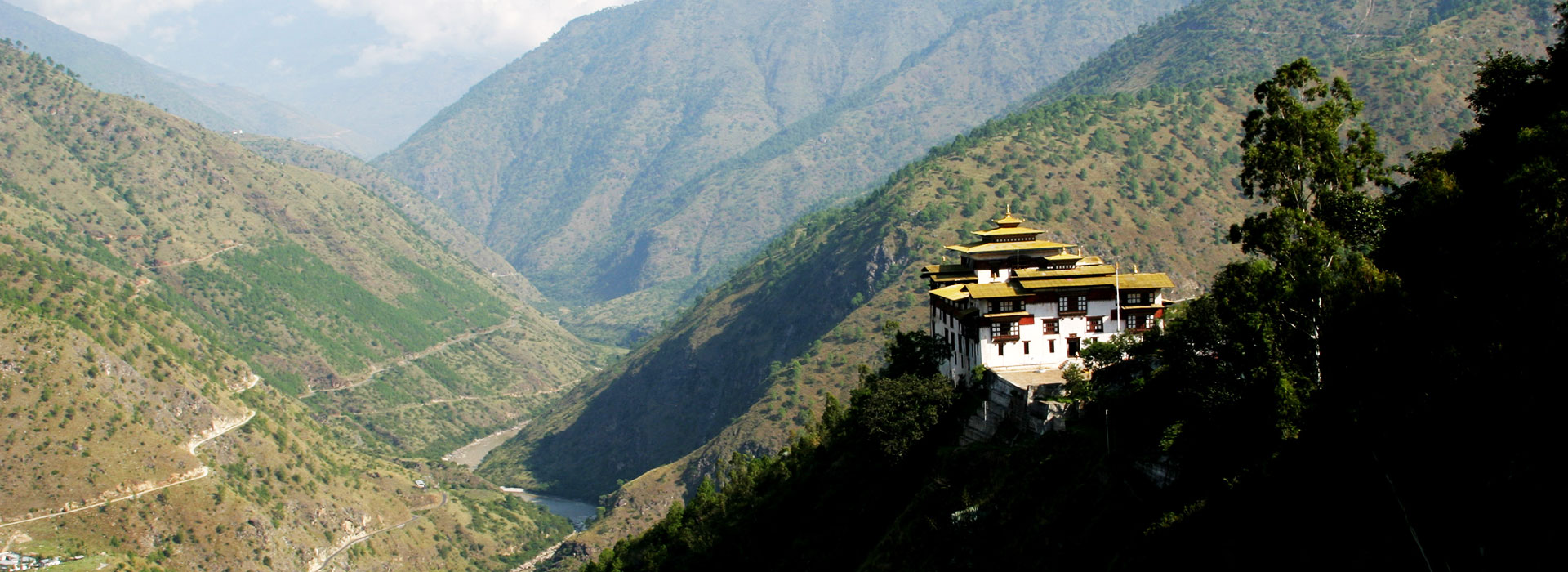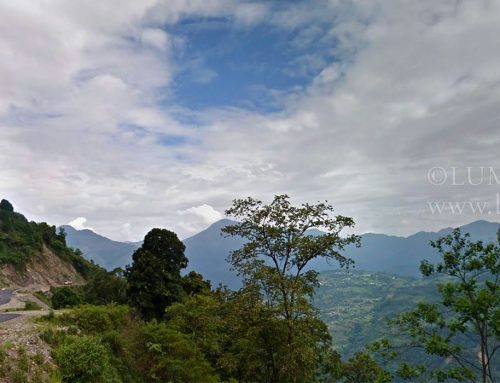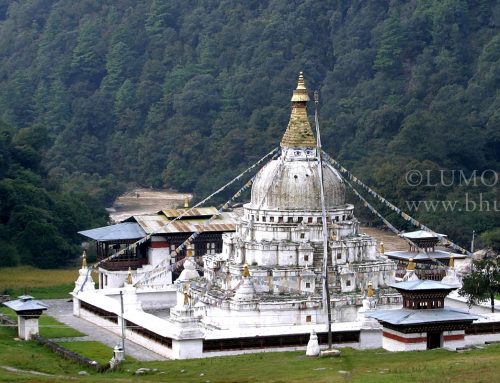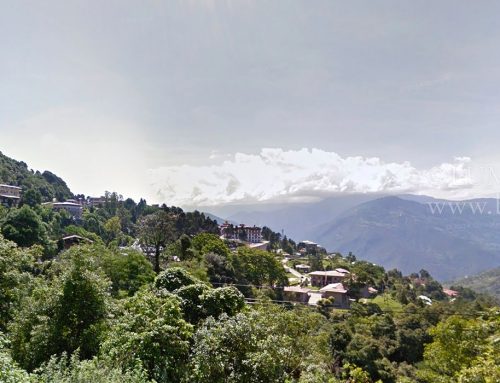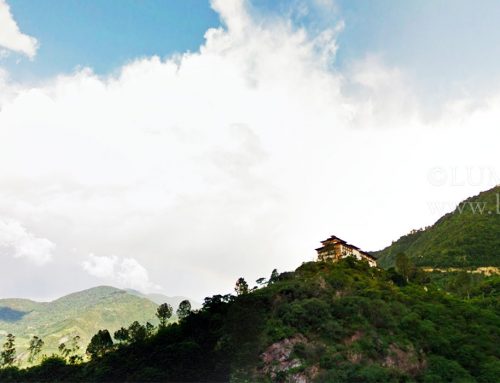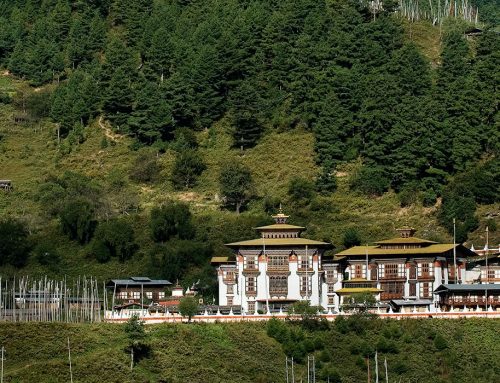Trashigang is one of the largest districts in the country located at the easternmost part of the map. It borders the northeast Indian state of Arunachal Pradesh. With its temperate climate, the district is rich in flora and fauna.
Perhaps, the most fascinating landmark of this district is the dzong that sits atop a narrow spur overlooking the Dangmechhu River. The imposing fortress was built in 1667 by Chogyal Minjur Tempa and was the political stronghold of eastern Bhutan for a very long time.
Equally fascinating is the Trashigang town itself, a narrow perch along the steep cliffs and deep gorges. The district has several ancient temples and monasteries, and a wide range of ethnic groups who speak different dialects. Bhutan’s oldest seat of modern learning – Sherubtse College – is also located here.
There are brokpas of Merak and Sakten, the extreme highlanders rich in their own culture. Then there are the bramis, kurtoeps, and khengpas. However, the overwhelming majority are the Tshanglas who speak sharchopkha. The Tshanglas are the aboriginal settlers of the region.
The huge ethnic diversity gives this district some of the country’s unique cultural practices. For example, the Yak Cham or ‘Dance of Yaks’ and the Ache Lhamo dance are unique to the Brokpas. Brokpas are basically highland Yak herders and have their own dress, made of animal hair and yak hide.
The people of Trashigang brew a variety of alcohol, the most popular being ara. They are expert weavers and metal workers. For example, bura, a unique textile made from nettle plant, is woven in Radhi village. Ground maize is the staple diet of the people, although they also grow paddy rice, and potatoes.
Places of Interest: Trashigang Dzong, Rangjung Woeserchholing Monastery, Bpkha Dzong, Borangtse Lhakhang, Yonphula Lhakhang, Chador Lhakhang, Thromang Lhakhang, Kanglung Zangtopelri, Yonphu Lhakhang, Merak and Sakten village, Sherubtse College, Yonphula Airstrip.


